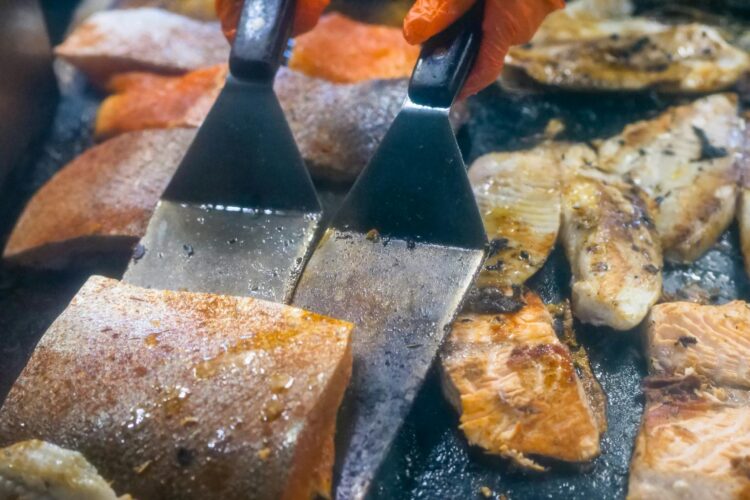Summer is here, and what better way to celebrate than with a delicious grilled salmon recipe? This dish is incredibly versatile, healthy, and perfect for a weeknight dinner or a weekend barbecue. Whether you’re a seasoned chef or a beginner in the kitchen, this guide will walk you through each step, ensuring you achieve perfectly grilled salmon every time.
Choosing Your Salmon
Selecting the right salmon fillet is crucial for a great grilled salmon experience. Look for fillets that are a vibrant pink-orange color, with moist flesh and no strong fishy odor. Consider the thickness; about 1-inch thick fillets grill best. You can find great quality salmon at your local fish market or many supermarkets. Here’s a helpful guide to selecting fresh salmon.
Prepping Your Salmon
Before grilling, pat the salmon fillets dry with paper towels. This helps achieve a nice sear. Next, season generously with salt, pepper, and any other desired herbs or spices. Some popular options include lemon pepper, dill, garlic powder, or even a smoky paprika. Don’t be afraid to experiment! 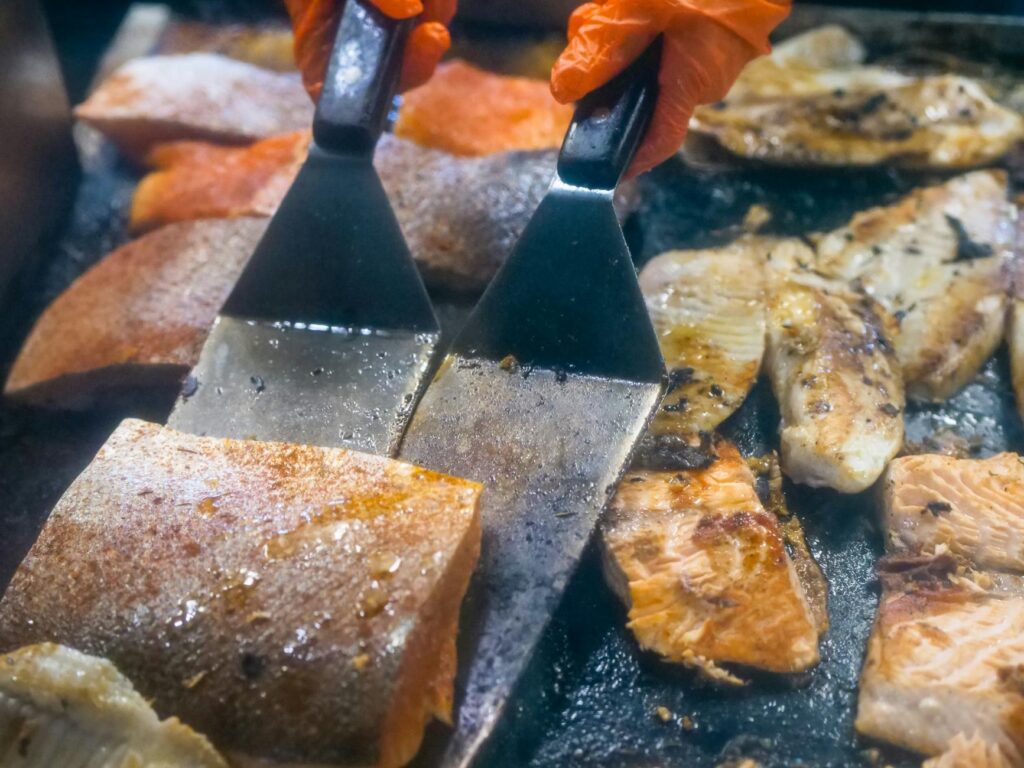
Preparing the Grill
Preheat your grill to medium-high heat (about 375-400°F). For gas grills, make sure the burners are evenly heated. If using charcoal, you want a bed of hot coals ready to go. Cleaning your grill grates is key to preventing sticking – learn more about grill cleaning here. Lightly oil the grates to prevent sticking further. 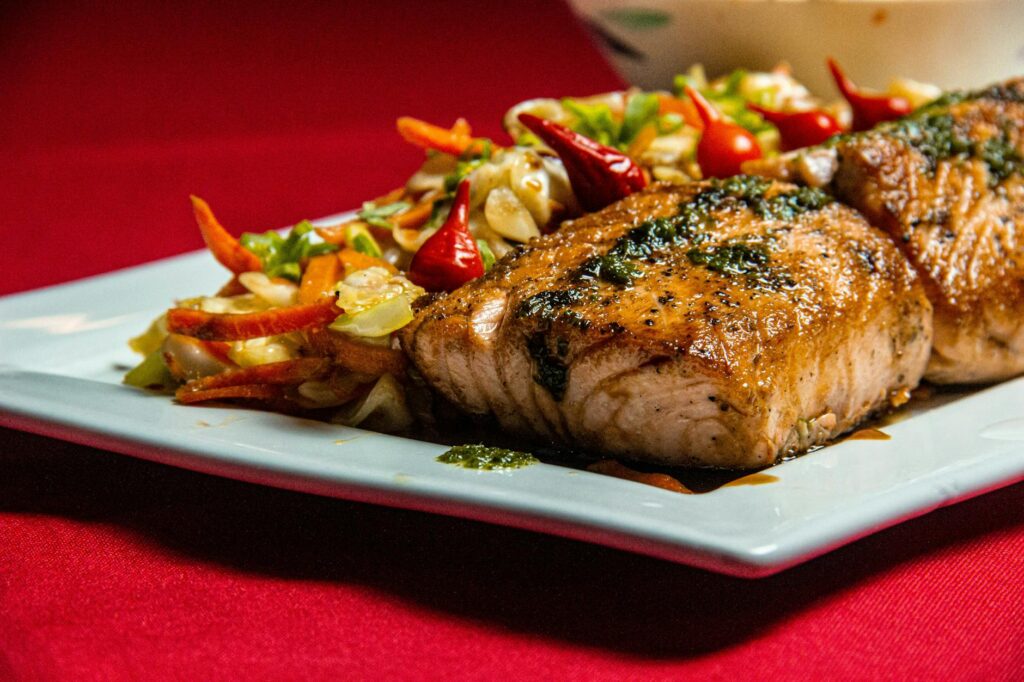
Grilling the Salmon
Place the seasoned salmon fillets on the preheated grill grates. Be careful not to overcrowd the grill, which can lead to uneven cooking. Grill for about 4-6 minutes per side, or until the salmon is cooked through and flakes easily with a fork. The cooking time will depend on the thickness of your fillets. Check out our tips on grilling different thicknesses of salmon.
Checking for Doneness
The best way to ensure your salmon is perfectly cooked is to use a meat thermometer. The internal temperature should reach 145°F (63°C). Overcooked salmon will be dry and tough, while undercooked salmon can be unsafe to eat. You can also check for doneness by gently flaking the salmon with a fork; it should flake easily when cooked. 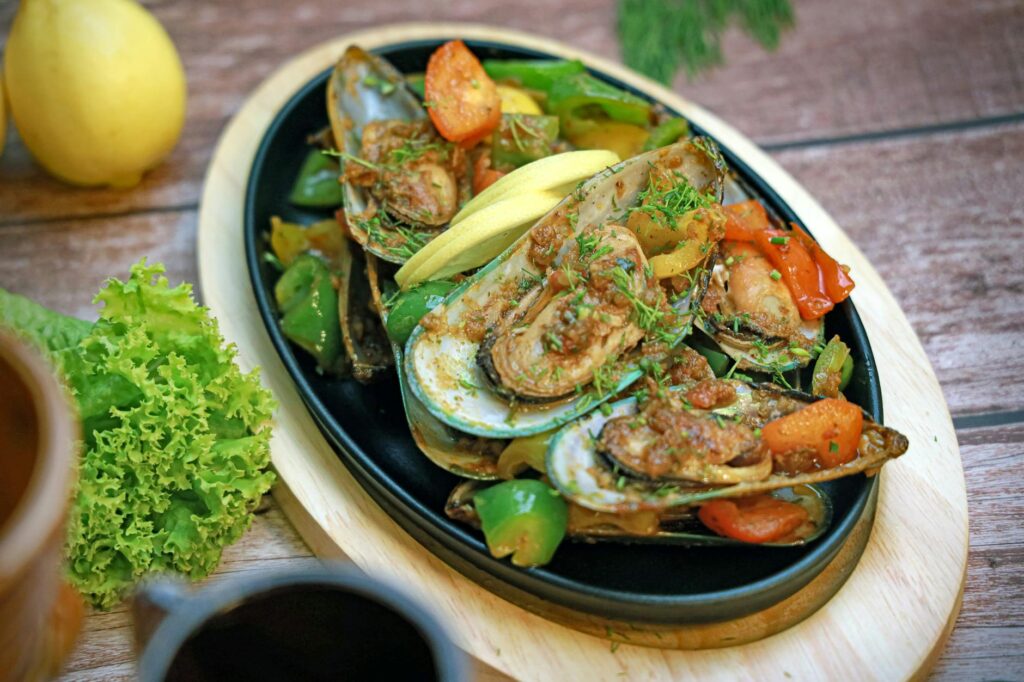
Serving Suggestions
Once cooked, remove the salmon from the grill and let it rest for a few minutes before serving. Grilled salmon pairs beautifully with a variety of sides. Some suggestions include grilled asparagus, a fresh salad, quinoa, or roasted vegetables. For a complete meal, consider adding a lemon wedge for extra flavor and brightness. Explore delicious side dish recipes here.
Adding Flavor Variations
Don’t limit yourself to basic salt and pepper! Experiment with different marinades and flavor combinations to enhance the taste of your grilled salmon. A simple marinade of soy sauce, honey, and ginger can add a wonderful Asian twist. Or try a zesty citrus marinade with lime and orange zest. Let your creativity shine! 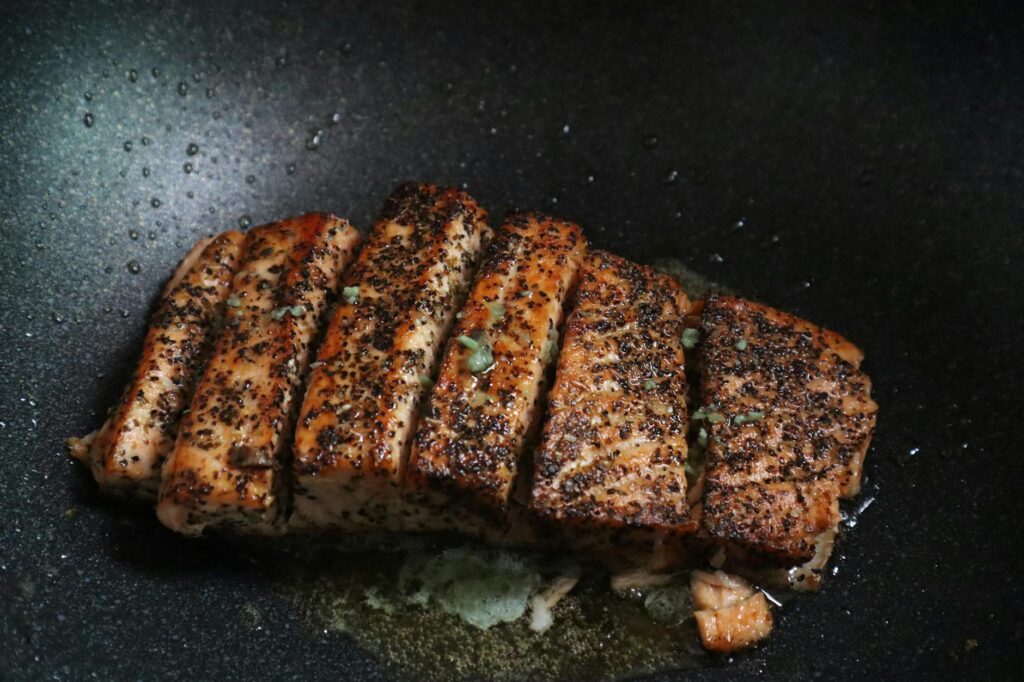
Conclusion
Grilling salmon is a simple yet rewarding process that yields delicious results. By following these steps and tips, you’ll be able to enjoy perfectly cooked, flavorful salmon every time. Remember to adjust cooking times depending on the thickness of your fillets and always use a meat thermometer to ensure safe and delicious results. Find more grilling recipes here.
Frequently Asked Questions
What temperature should I grill salmon at? Medium-high heat (375-400°F) is ideal for grilling salmon.
How do I know when my salmon is cooked? The salmon should flake easily with a fork and reach an internal temperature of 145°F (63°C).
Can I marinate my salmon before grilling? Yes! Marinating adds extra flavor and moisture.
What should I serve with grilled salmon? Grilled asparagus, quinoa, roasted vegetables, and a fresh salad are all great options.
What if my salmon sticks to the grill? Make sure your grill grates are clean and oiled before placing the salmon on them.
